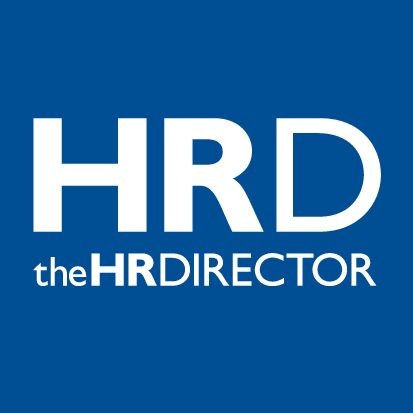The idea that trust can be restored in the financial sector by solely focusing on regulatory, organisational and competitive change has been challenged in a perspective published by KPMG.
Recognising that financial institutions are already responding to recent criticisms, KPMG’s perspective argues that the organisations across the sector can take a huge step towards genuine change by focusing on their internal culture. It also calls on organisations within the sector to open themselves up to employee and customer-led conversations over social media. Klaus Woeste, a director in KPMG Management Consulting and author of the latest ‘Social Banker’ perspective, says: “None of the new changes, processes or policies are likely to meet their stated objectives if employees do not understand, support and abide by them. Building a more responsive, transparent and trustworthy organisation requires a culture that reflects, reinforces and encourages those attributes. “The biggest challenge will be in developing a culture that meets the needs of the employees while balancing those of the business, the regulators and the stakeholders. Newer employees, in particular, will expect to be more involved in the organization’s decision making and will want to share their ideas with their peers.” According to the paper, the need to seek out employee and customer perspectives, act on them and demonstrate progress is a major driver behind why the financial services sector should learn from other consumer-focused industries. It suggests that crowd-sourcing techniques should be adopted to build a collaborative group whose expertise and opinion can be used to shape the industry’s future.
Citing examples such as the Commonwealth Bank of Australia or Sberbank of Russia, who already use crowd-sourcing approaches to encourage their employees and customers to propose new ideas and products, exchange opinions and vote on other customers’ new ideas, the paper outlines 4 key benefits that crowd-sourcing offers. It suggests that using social media internally and externally: allows banks to be resource-savvy as it is less costly than traditional means of market research and engagement, such as focus groups; affords greater reach because social media is not restricted by location; allows companies to act with greater speed as the results of crowd-sourcing can be monitored and acted upon in real-time.
However, Woeste also acknowledges that simply engaging with a wider audience is not the only answer. He concludes: “Applying crowd-sourcing approaches to cultural change programmes is not as simple as posting a question on Facebook and waiting for responses to flood in. Business executives will need to be very clear about who should participate in the crowd, what they want to learn or discuss, and how they will use that information to create positive change. Simply put, we don’t need a crowd to tell us that the time has come for crowd-sourcing. The real question is whether banks are ready to find out what their employees and customers actually think.”






